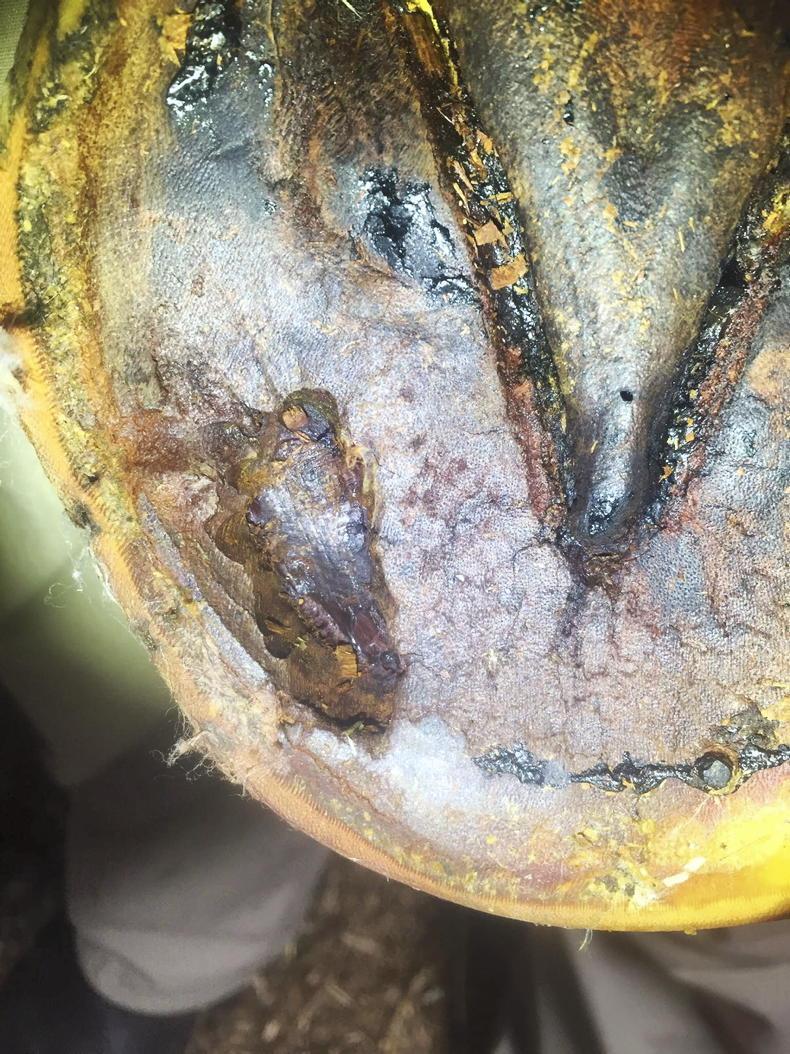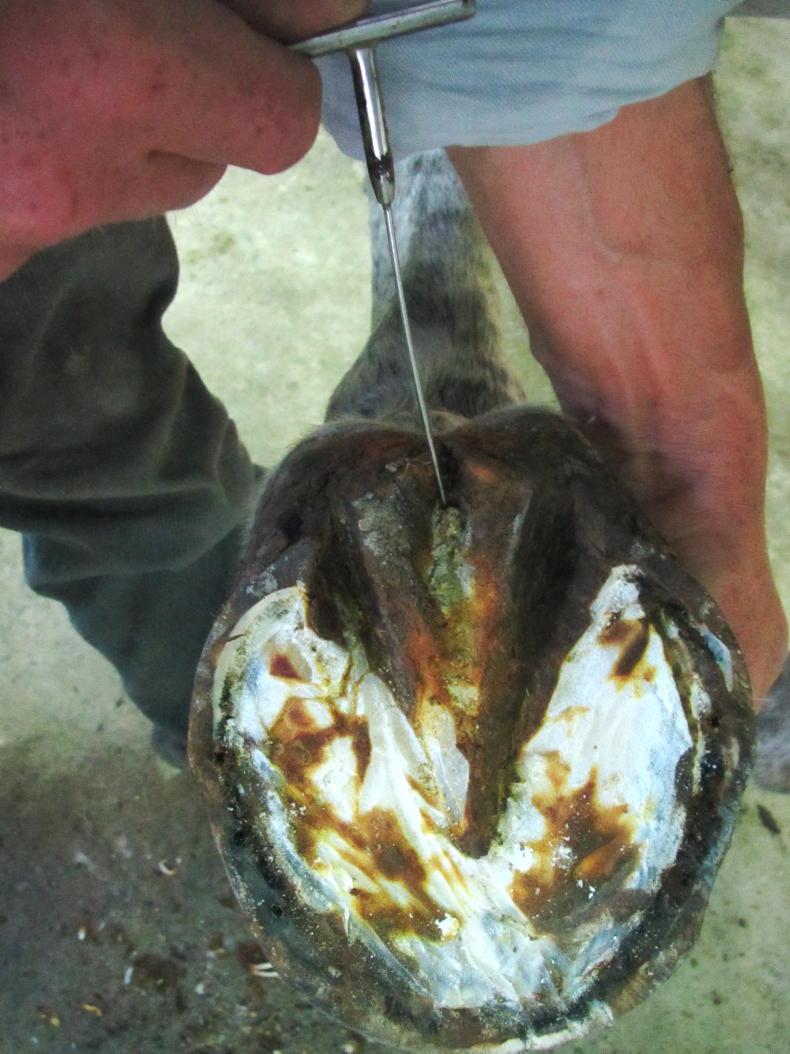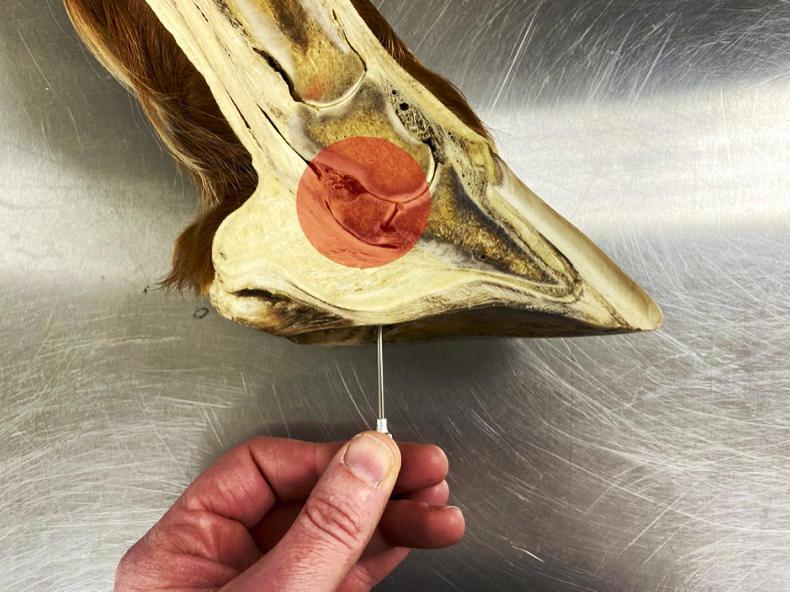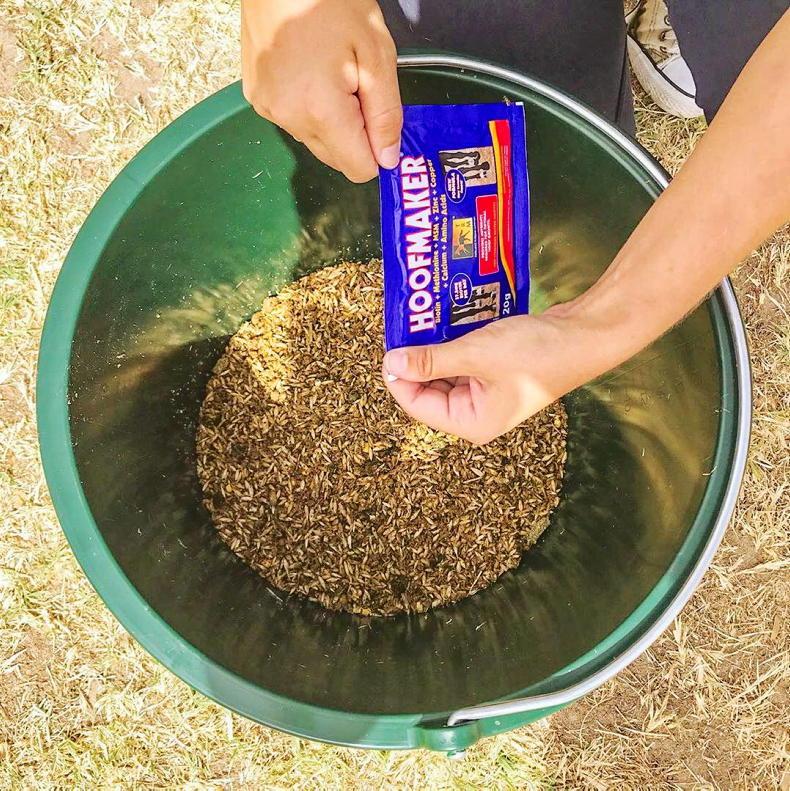FARRIER John McAteer advises on how to treat thrush and what you can do to try to avoid it in the first place: “Wet and dirty stable environments can allow thrush to develop. It is important that droppings and the wettest patches of bedding are removed on a daily basis. Keep your horse’s feet clean - don’t just remove the shavings or dirt trapped in the sole make sure you clean the frog also.
“Try to keep your horse’s paddock as clean and dry as possible. Regular removal of droppings and fencing off any waterlogged areas will help. If you live in a very wet area daily foot cleaning will help offset the otherwise muddy conditions and will go a long way in helping prevent thrush.”
Vet Michael Keane MVB advises on the common problem of stone bruises: “Stone bruises which may be followed by abscesses forming under the sole are quite common hunting injuries. Flat footed horses are more prone to solar bruising; hunters with a good solar vault (concave surface) suffer fewer problems.
“To treat a stone bruise, remove shoe and tub and poultice the foot for 24-48 hours. If there has been no improvement call your veterinary surgeon or farrier to search the foot to release the infection.
“Severe solar foot abscesses that are not dealt with properly can progress to osteomyelitis of the pedal bone or quitter of the cartilage of the foot (infection of the side bones).”


 This is a subscriber-only article
This is a subscriber-only article
 It looks like you're browsing in private mode
It looks like you're browsing in private mode










SHARING OPTIONS: